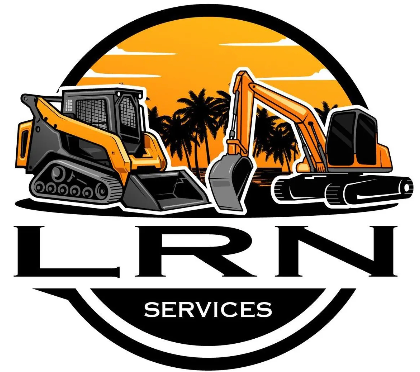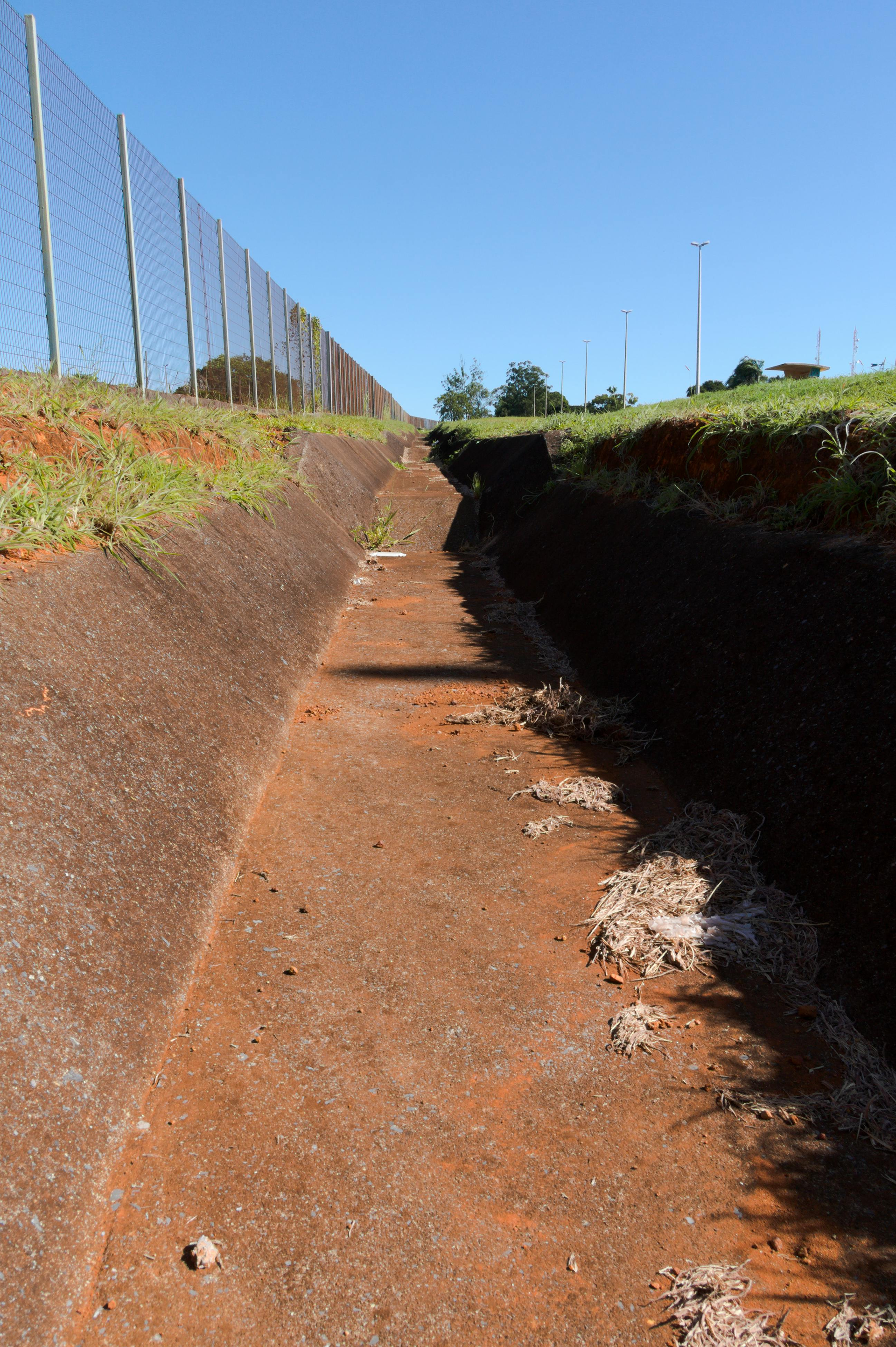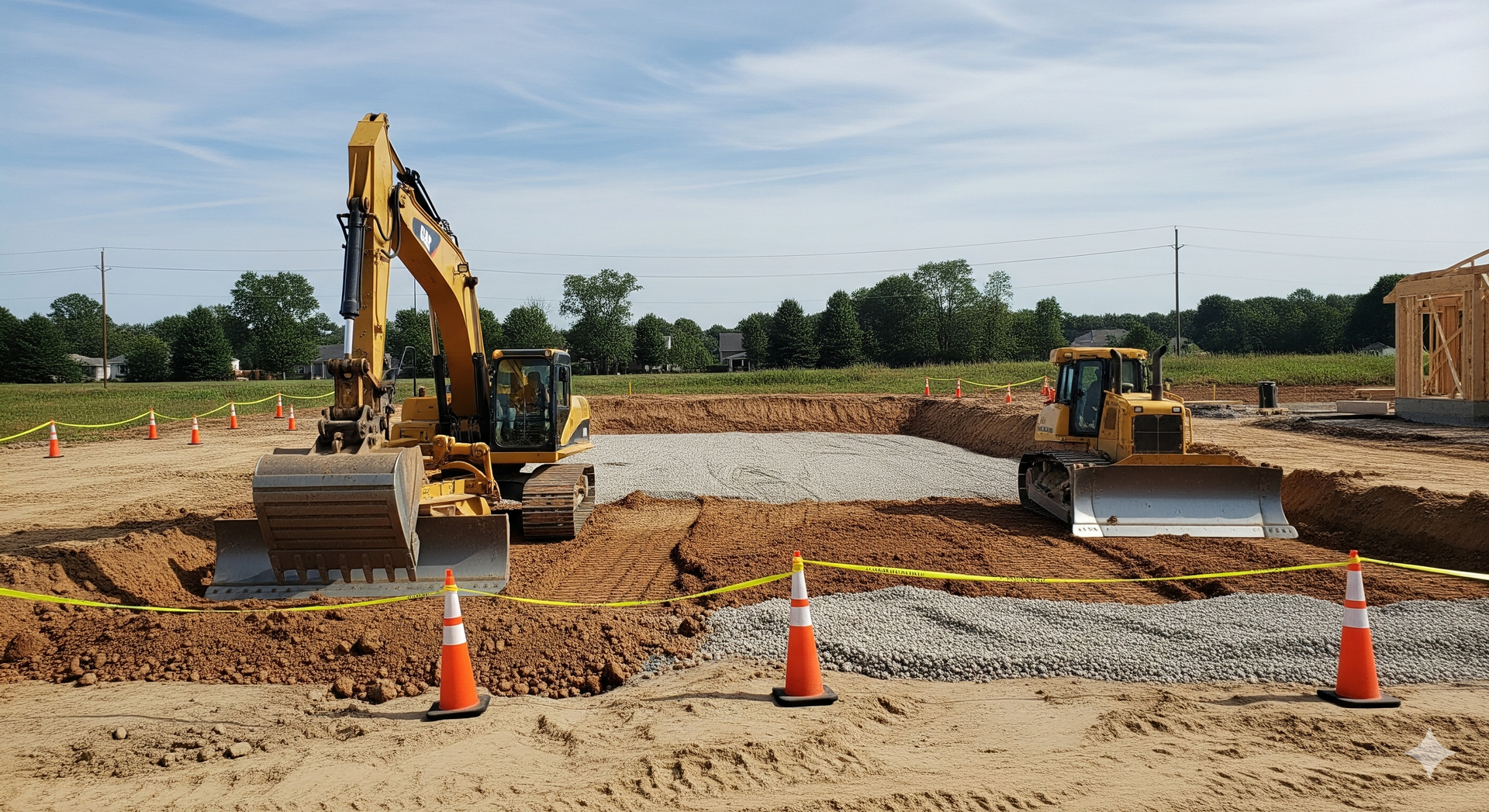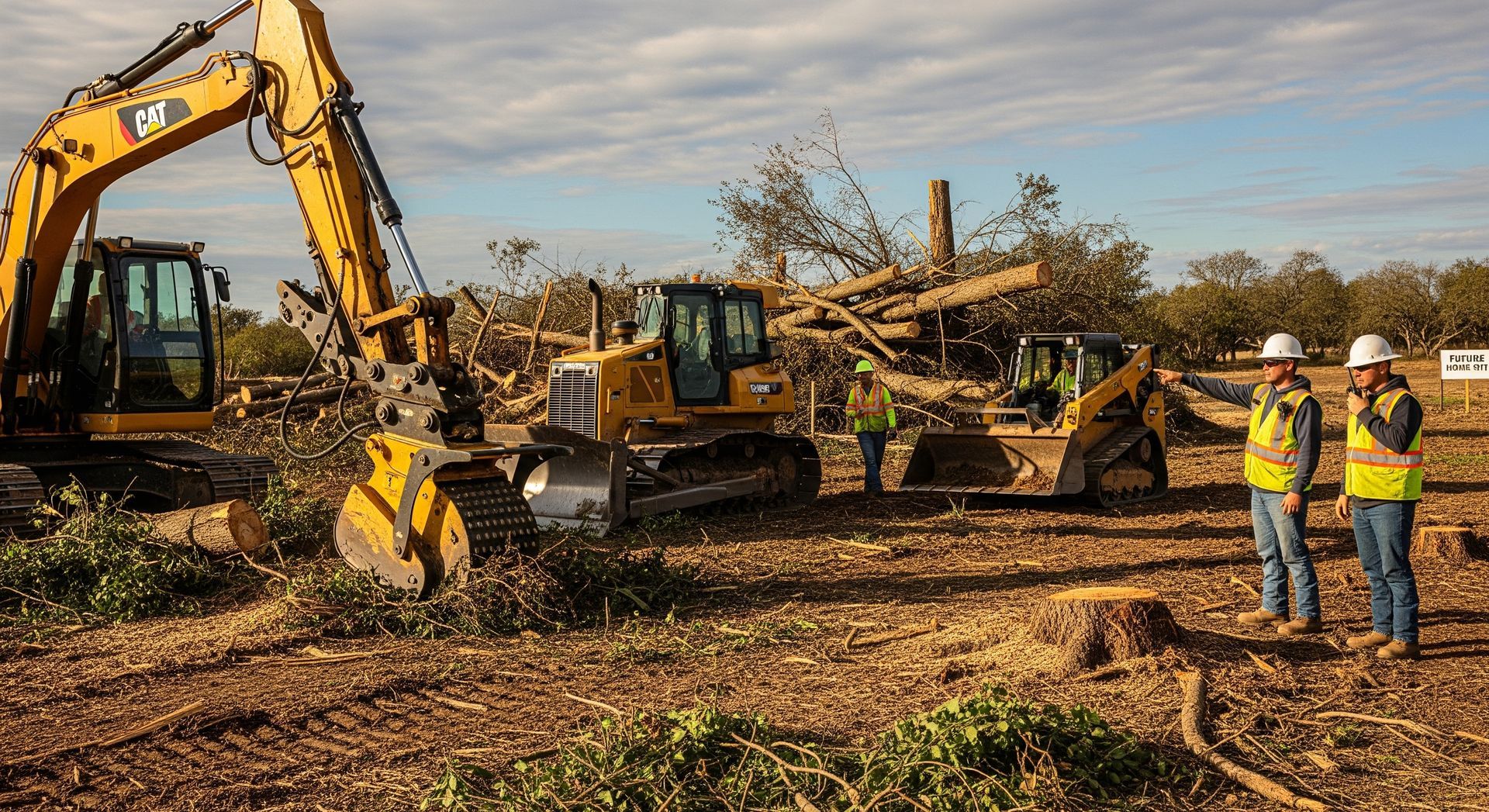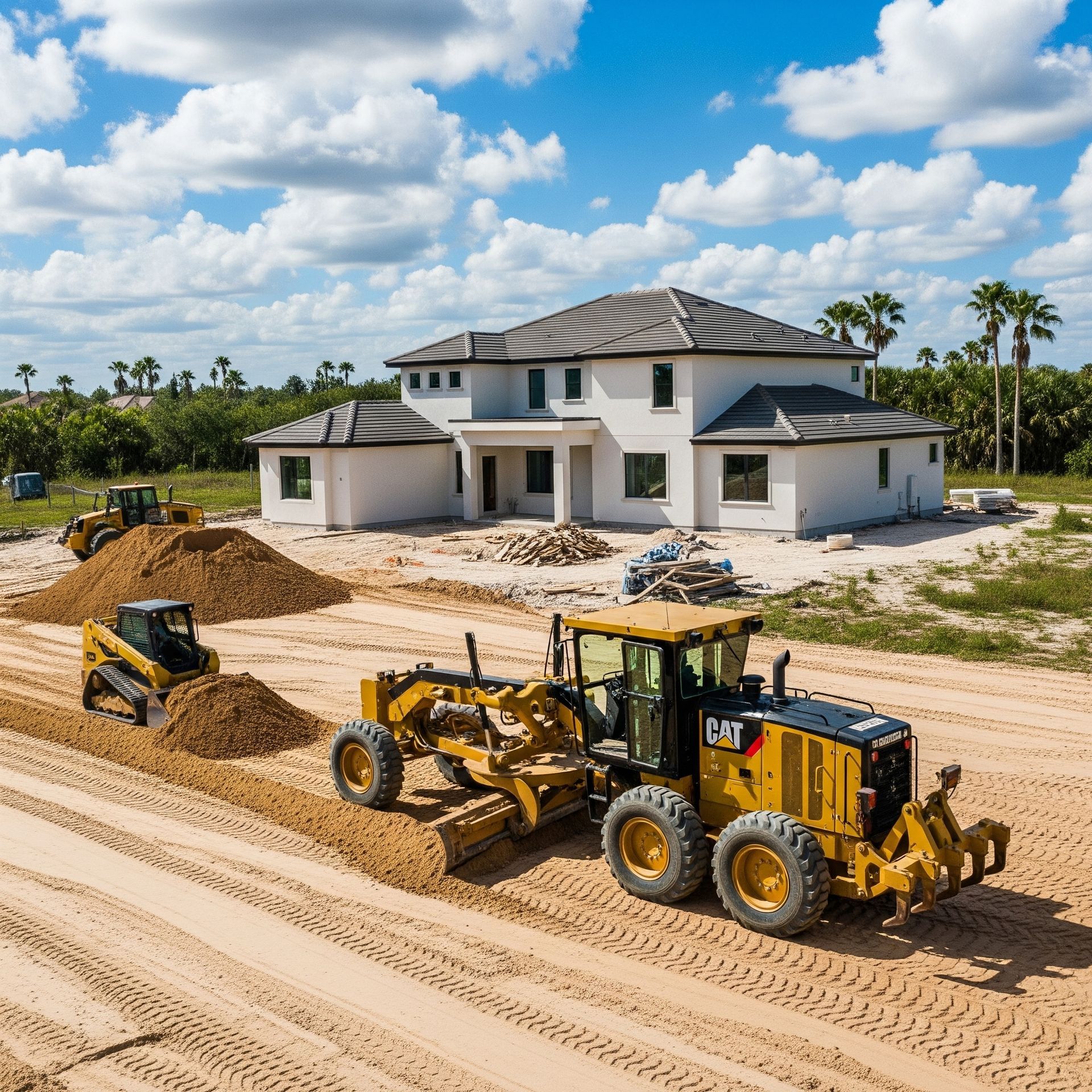When Should You Consider a Full Demolition on Your Florida Lot?
Property owners across Florida face unique challenges when deciding whether to renovate existing structures or start fresh with a clean slate. The state's diverse housing stock, ranging from hurricane-damaged homes to outdated buildings that no longer meet modern needs, often presents situations where full demolition becomes the most practical and cost-effective solution. Understanding when a full-scale demolition project makes sense can save property owners significant time, money, and frustration while opening doors to better development opportunities.
The decision to pursue full lot demolition involves weighing multiple factors, including structural integrity, renovation costs, building codes, environmental concerns, and long-term property goals. Florida's specific climate challenges, strict building regulations, and dynamic real estate market create additional considerations that property owners must carefully evaluate before committing to such a significant undertaking.
Key Takeaways
- Structural damage from hurricanes, flooding, or age may make full demolition more economical than extensive repairs
- Building code violations and outdated systems often require complete reconstruction to meet current Florida standards
- Environmental hazards like asbestos, lead paint, or mold contamination may necessitate full-scale demolition for safety compliance
- Property development goals and zoning changes can make demolition the optimal path for maximizing land value
- Cost analysis comparing renovation expenses to demolition and new construction often favors starting fresh
- Timing considerations including permits, weather seasons, and market conditions significantly impact project success
Assessing Structural Integrity and Safety Concerns
Foundation Problems and Structural Damage
Foundation issues are some of the most compelling reasons to consider full demolition rather than renovation. Florida's sandy soils, high water tables, and frequent ground saturation create unique foundation challenges that can compromise an entire structure. Signs of significant foundation problems include major settling, extensive cracking in walls and ceilings, doors and windows that no longer close properly, and visible foundation movement or separation.
Structural damage from hurricanes, flooding, or long-term exposure to Florida's humid climate can weaken critical load-bearing elements beyond safe repair limits. When structural engineers identify compromised beams, damaged support columns, or widespread framing deterioration, the cost and complexity of repairs often exceed the investment required for full lot demolition and new construction. Properties that have experienced multiple weather events or show signs of chronic moisture intrusion frequently fall into this category.
Environmental Hazards and Health Risks
Older Florida properties commonly contain environmental hazards that pose serious health risks and require specialized remediation. Asbestos-containing materials were widely used in construction until the 1980s, appearing in insulation, flooring, roofing, and siding materials. Lead-based paint, common in homes built before 1978, creates toxic dust during renovation activities. Extensive mold contamination, particularly prevalent in Florida's humid climate, can penetrate deep into structural materials and building systems.
The cost of professional environmental remediation can be substantial, especially when multiple hazards are present throughout a structure. Safety requirements mandate specialized contractors, containment procedures, and disposal protocols that significantly increase project timelines and expenses. In many cases, the extensive scope of environmental remediation work makes full demolition a more practical and cost-effective approach than attempting to selectively address contaminated areas while preserving the remaining structure.
Building Code Compliance and Regulatory Requirements
Florida's building codes have evolved significantly over recent decades, particularly following major hurricane events. Properties built before these code updates often fail to meet current standards for wind resistance, flood protection, electrical systems, and energy efficiency. When renovation projects trigger substantial improvement requirements, property owners may discover that bringing an older structure into compliance requires near-complete reconstruction of major building systems.
Electrical systems in older homes frequently use outdated wiring methods, insufficient capacity panels, and components that no longer meet safety standards. Plumbing systems may rely on materials that have reached the end of their useful life or violate current code requirements. HVAC systems designed for older efficiency standards and building envelope specifications often require complete replacement to meet modern performance expectations. When multiple building systems require full replacement to achieve code compliance, full-scale demolition becomes an attractive alternative to managing complex partial renovations.
Zoning and Development Opportunities
Changes in local zoning regulations, development incentives, or land use classifications can create opportunities that existing structures cannot accommodate. Properties located in areas experiencing zoning updates for increased density, mixed-use development, or historic preservation may benefit from starting with a clean lot. New construction allows property owners to fully utilize current setback requirements, height allowances, and floor area ratios that existing structures may not maximize.
Development goals that involve significant changes to building footprint, orientation, or site layout are often better served by full demolition. Converting single-family properties to multi-unit developments, adding substantial square footage, or reconfiguring lot usage patterns typically requires starting from scratch to optimize the relationship between structures and available land area.
Economic Considerations and Cost Analysis
Renovation Costs Versus New Construction
Comprehensive cost analysis forms the foundation of any demolition decision. Renovation projects on older or damaged properties often encounter unexpected expenses that can dramatically exceed initial estimates. Hidden structural problems, undiscovered environmental hazards, and the need to bring building systems up to current codes frequently double or triple projected renovation costs. Working within existing structural constraints also limits design flexibility and may prevent optimal space utilization.
New construction following full lot demolition provides predictable costs, modern building systems, and design freedom that renovation projects cannot match. Property owners can select materials, layouts, and building systems that meet their specific needs without compromising for existing structural limitations. Energy efficiency improvements, smart home technology integration, and modern safety features are more easily and cost-effectively incorporated into new construction compared to retrofit installations in older structures.
Property Value and Market Position
Market analysis often reveals that new construction commands higher sale prices and attracts more buyers than extensively renovated older properties. New homes offer modern warranties, contemporary designs, and building systems that require minimal maintenance in their early years. These factors translate into stronger market positions and potentially higher returns on investment compared to renovated properties that may still carry the stigma of age-related concerns.
Properties in desirable locations with outdated or inappropriate structures may be significantly undervaluing their lot potential. Full demolition allows property owners to maximize land value by constructing buildings that fully utilize zoning allowances and meet current market preferences. This approach is particularly relevant in Florida markets experiencing rapid appreciation where land values have increased substantially relative to existing structure values.
Project Timeline and Seasonal Considerations
Timing plays a crucial role in the success of full demolition projects. Florida's weather patterns create distinct seasonal windows that affect both demolition and construction activities. The dry season, typically running from November through April, provides optimal conditions for demolition work and site preparation. Lower humidity levels, reduced rainfall, and more stable weather patterns facilitate efficient project completion and minimize weather-related delays.
Hurricane season considerations require careful project planning to avoid exposure during vulnerable periods. Demolition projects that remove existing structures should ideally complete new construction to weatherproof stages before peak storm activity. This timing consideration often influences the decision to pursue full-scale demolition rather than extended renovation projects that leave properties partially protected for extended periods.
Permit Processing and Professional Services
Demolition permits typically process more quickly than complex renovation permits that require a detailed review of structural modifications and code compliance measures. Streamlined permitting for full demolition and new construction can significantly reduce the project timeline compared to renovation projects that require multiple permit phases and inspections for various building systems upgrades.
Professional demolition contractors experienced in Florida projects understand local regulations, environmental requirements, and safety protocols specific to the state's building practices. Their expertise ensures proper utility disconnection, environmental compliance, and site preparation that sets the foundation for successful new construction. Working with experienced professionals reduces project risks and helps avoid costly delays or compliance issues that can derail construction schedules.
Comparing the Decision Factors for Full Demolition
| Factor | Consider Renovation | Consider Full Demolition |
|---|---|---|
| Structural Condition | Sound foundation and framing | Foundation issues, structural damage |
| Environmental Hazards | Minimal or localized issues | Widespread asbestos, lead, mold |
| Building Systems | Recent updates, code compliant | Outdated electrical, plumbing, HVAC |
| Cost Analysis | Renovation costs under 70% of new construction | Renovation costs exceed 80% of new construction |
| Development Goals | Minor modifications, preserve character | Major layout changes, maximize lot potential |
Alternative Solutions and Partial Demolition Options
Not every challenging property requires full lot demolition to achieve successful outcomes. Partial demolition strategies can address specific problems while preserving valuable structural elements that remain in good condition. This approach works particularly well for properties with solid foundations and framing that suffer from outdated additions, damaged roof systems, or compromised building envelope components.
Selective demolition allows property owners to remove problematic sections while retaining structural elements that would be expensive to recreate. Common applications include removing outdated additions that compromise the main structure, eliminating damaged second stories while preserving ground floor framing, or removing specific building systems while maintaining the structural shell. This strategy can significantly reduce project costs while still achieving major improvements in functionality and code compliance.
Phased Development Approaches
Large properties or complex development scenarios may benefit from phased approaches that combine selective demolition with new construction. This strategy allows property owners to maintain some functional space during construction phases while gradually transforming the property to meet their long-term goals. Phased development can also help manage cash flow by spreading construction costs over extended periods and potentially generating rental income from preserved portions during development phases.
Timing considerations for phased projects require careful coordination to maintain safety, security, and weather protection throughout the construction process. Florida's climate demands particular attention to maintaining weather-tight building envelopes during transition periods between demolition and new construction phases. Professional project management becomes essential to coordinate multiple construction phases while maintaining livable or functional spaces in preserved portions of the property.
Frequently Asked Questions
How long does a full demolition project typically take in Florida?
Most residential demolition projects in Florida are completed within 1-3 weeks, depending on structure size and complexity. Permit processing, utility disconnection, and environmental considerations can add 2-4 weeks to the overall timeline before demolition begins.
What permits are required for full lot demolition in Florida?
Demolition permits are required from local building departments and typically include utility disconnection permits and waste disposal permits. Environmental assessments may be required for properties built before 1980 due to potential asbestos or lead-based paint presence.
Can I live on the property during demolition and reconstruction?
Living on-site during a full-scale demolition project is not safe or practical due to noise, dust, safety hazards, and utility disconnections. Most property owners arrange temporary housing during demolition and initial construction phases until new structures reach habitable conditions.
How do hurricane seasons affect demolition project timing?
Hurricane season (June through November) creates scheduling challenges for demolition projects since removing existing structures eliminates storm protection. Most contractors recommend completing demolition and reaching weatherproof construction stages before peak storm activity in late summer.
What happens to utilities during full demolition?
All utilities must be professionally disconnected at the street before demolition begins for safety reasons. Utility companies typically require separate permits and inspections for disconnection and will need to install new service connections for replacement structures.
Final Thoughts
The decision to pursue full demolition on a Florida lot requires careful evaluation of structural conditions, regulatory requirements, financial implications, and development goals. Properties with significant structural damage, extensive environmental hazards, or major building code violations often benefit from the clean slate approach that full-scale demolition provides. The ability to start fresh with modern building systems, optimal site layouts, and contemporary design standards can deliver superior long-term value compared to complex renovation projects that work within existing structural limitations.
Success in full demolition projects depends heavily on thorough planning, professional expertise, and realistic timeline expectations that account for Florida's unique climate and regulatory environment. Working with experienced demolition contractors who understand local requirements ensures proper permit compliance, environmental safety, and efficient project completion. Property owners who carefully analyze their specific situations and work with qualified professionals position themselves to make informed decisions that maximize their property investment potential while minimizing risks and unexpected complications.
Ready to move forward with your Florida lot demolition project? Contact our experienced team today for a comprehensive site evaluation and demolition estimate.
Reference:
https://hazards.colorado.edu/research/working-papers/94
